Abstract
To evaluate progress and focus goals, scientific disciplines need to identify relations that are robust across many situations. One approach is the literature review, which characterizes generality across studies. Some writers (e.g., Baron & Derenne, 2000) claim that quantitative literature reviews, but not narrative reviews, violate the methodological precepts of behavior analysis by pooling data from nonidentical studies. We argue that it is impossible to assess generality without varying the context in which relationships are studied. Properly chosen data-aggregation strategies can reveal which behavior-environment relations are general and which are procedure dependent. Within behavior analysis, reluctance to conduct quantitative reviews may reflect unsupported assumptions about the consequences of aggregating data across studies. Whether specific data-aggregation techniques help or harm a research program is an empirical issue that cannot be resolved by unstructured discussion. Some examples of how aggregation has been used in identifying behavior-environment relations are examined.
Full text
PDF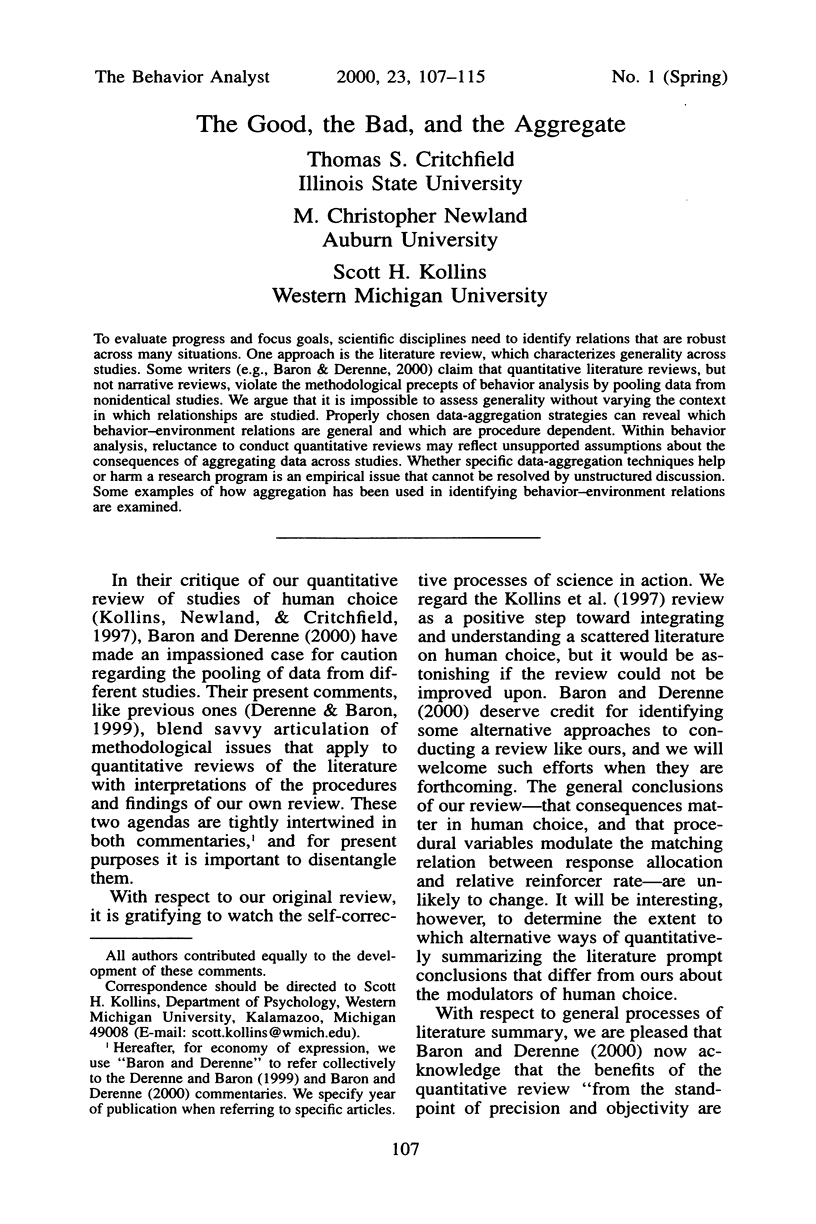

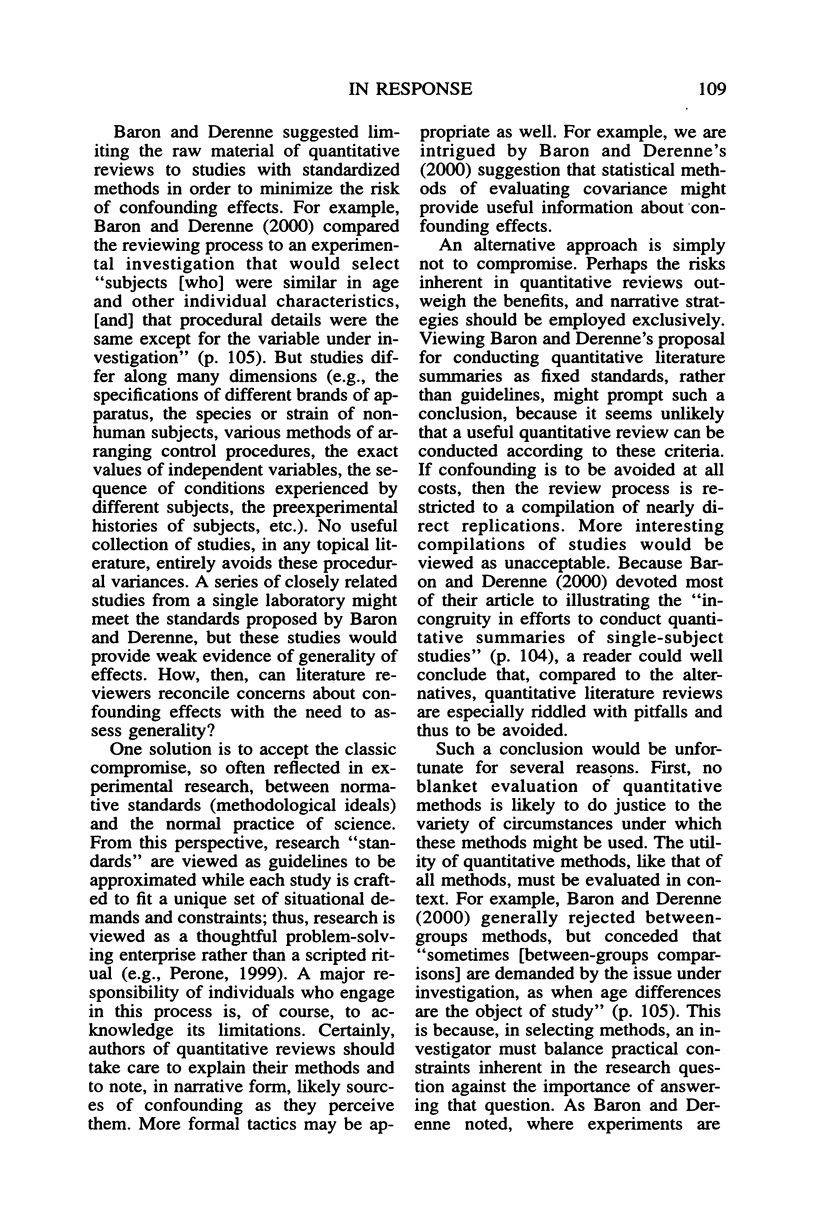
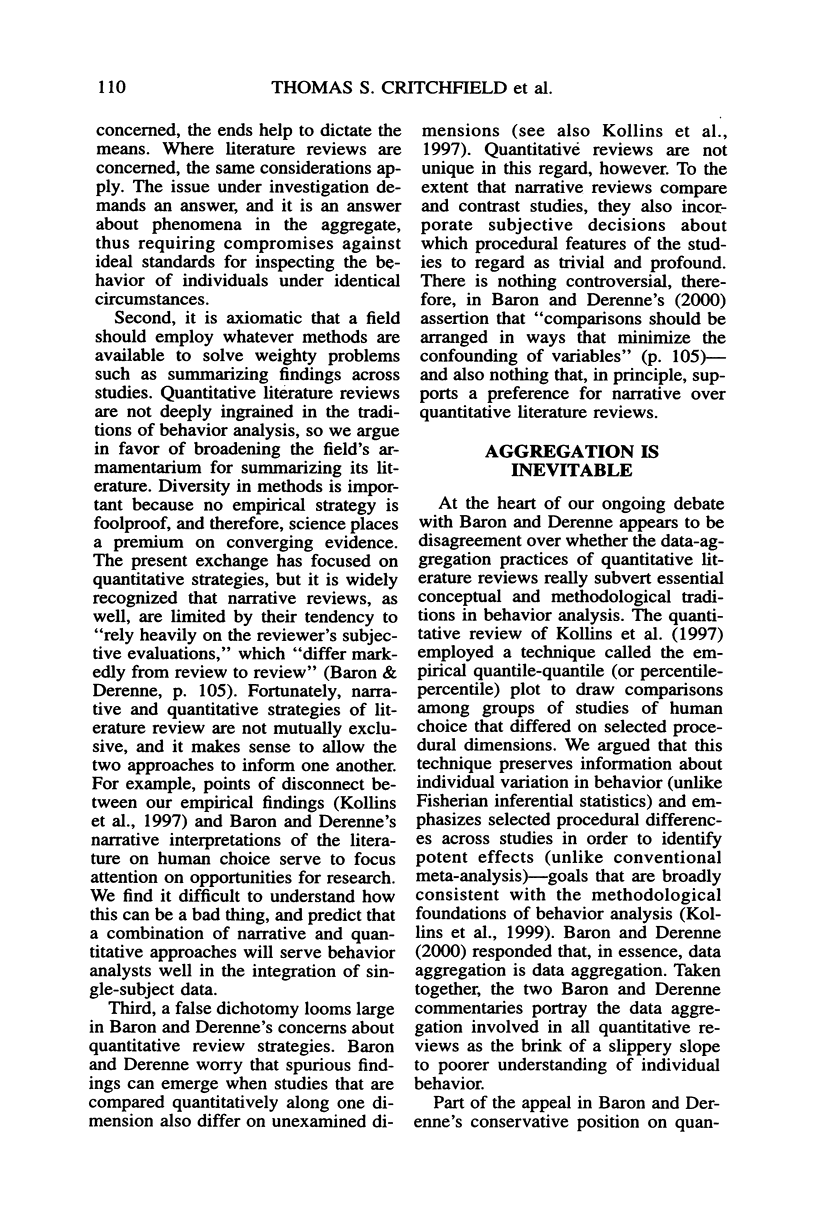
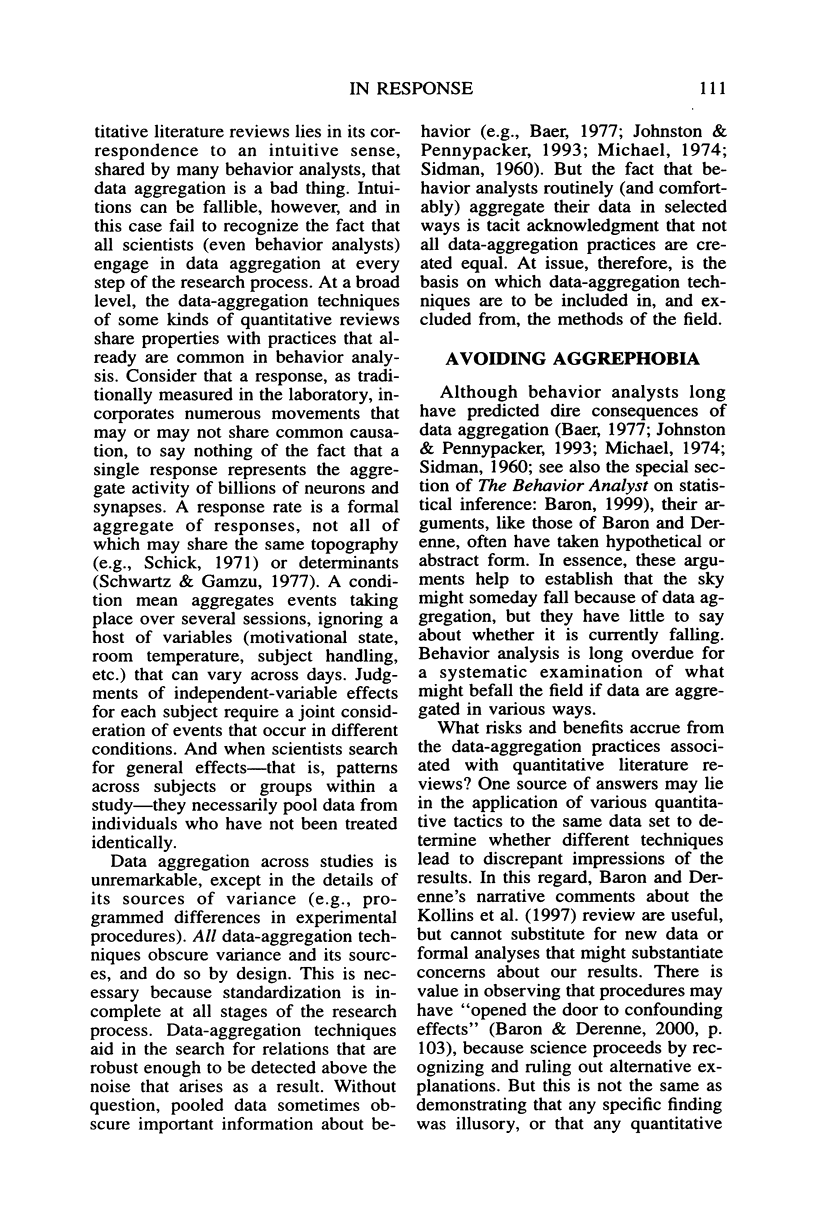
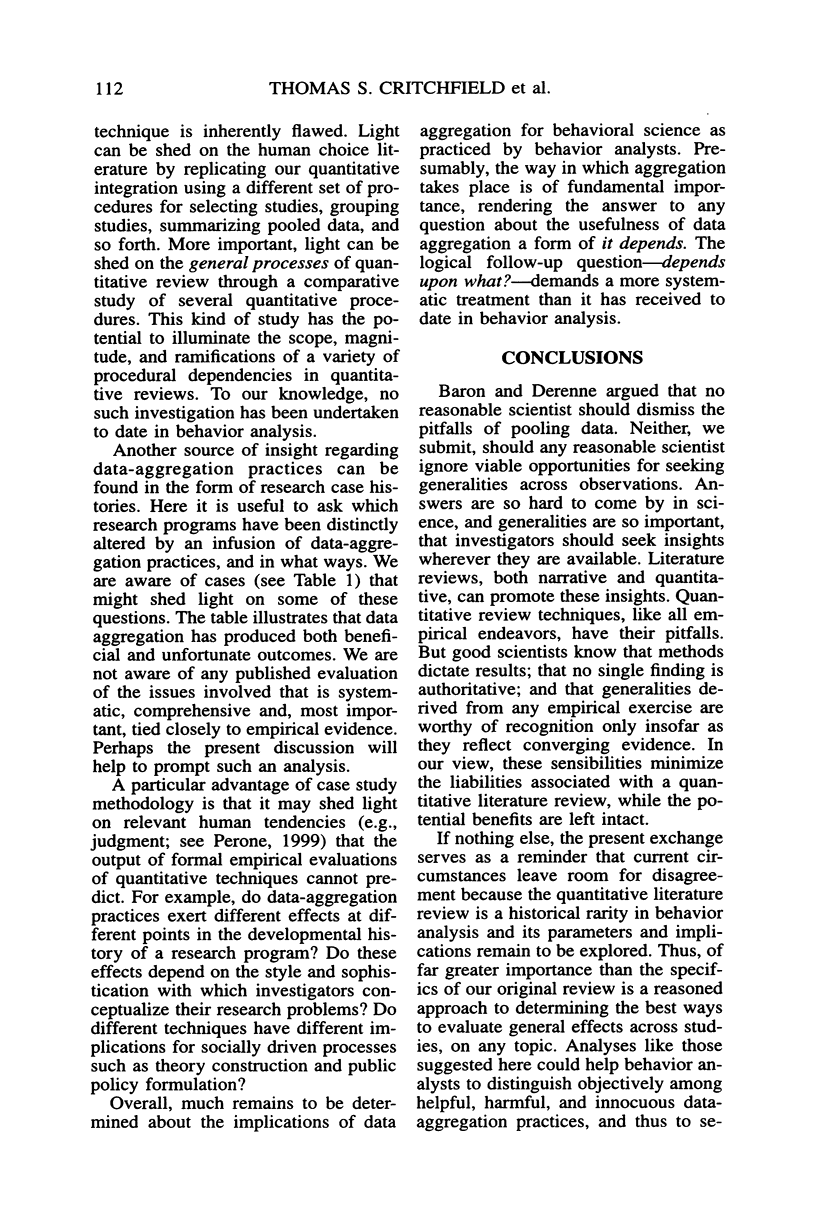
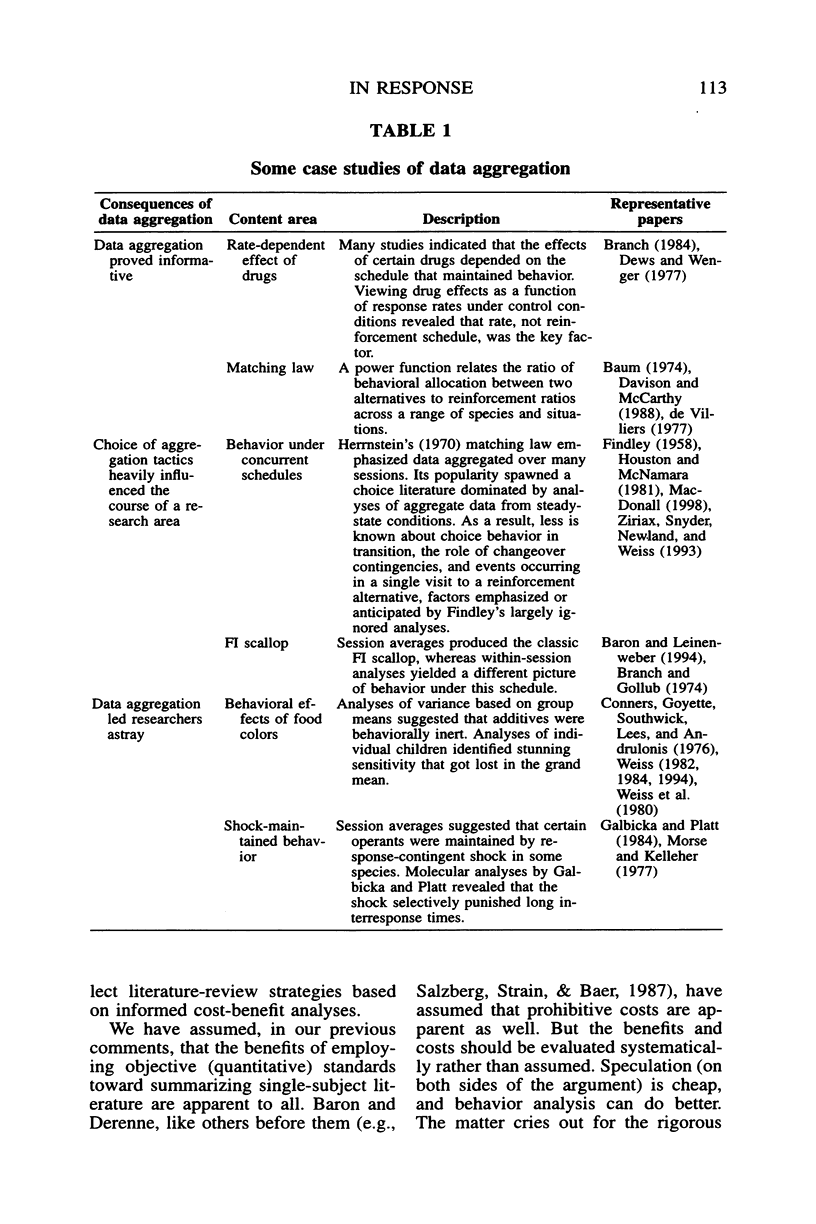
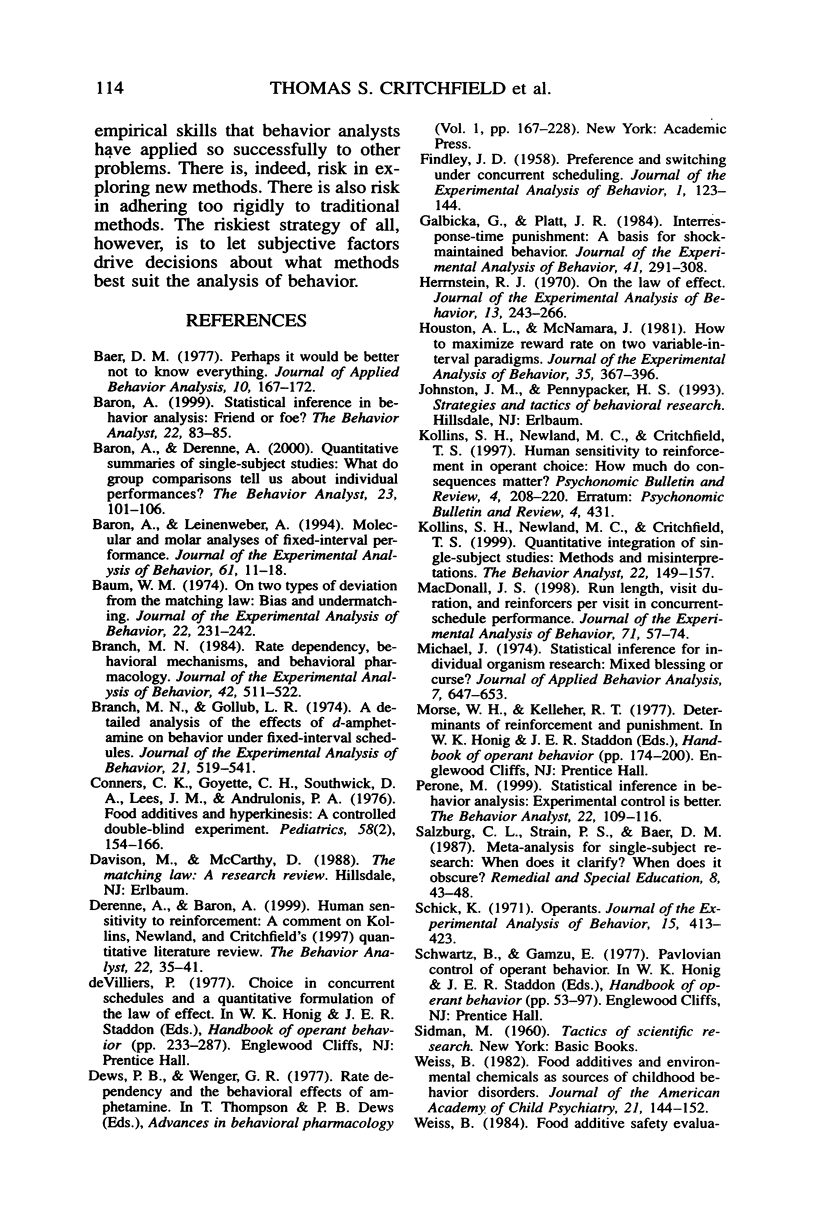
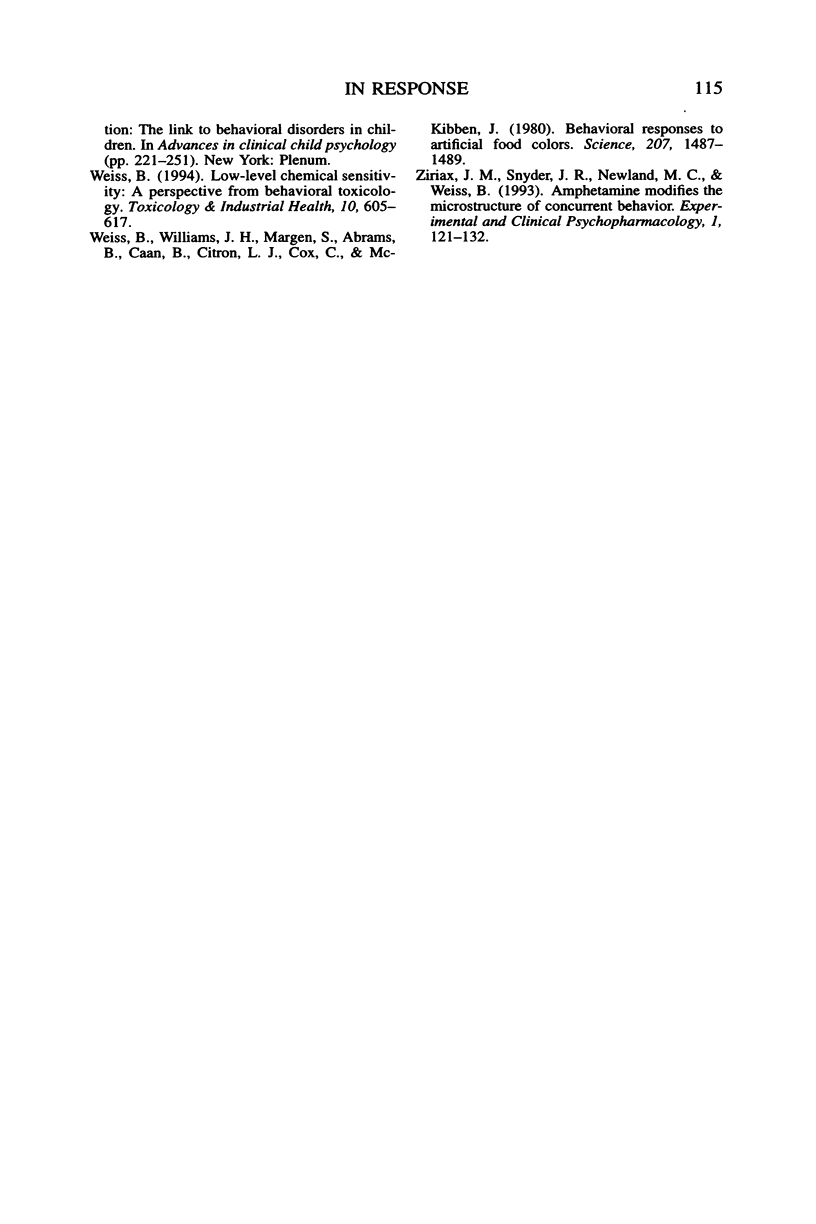
Selected References
These references are in PubMed. This may not be the complete list of references from this article.
- Baer D. M. "Perhaps it would be better not to know everything.". J Appl Behav Anal. 1977 Spring;10(1):167–172. doi: 10.1901/jaba.1977.10-167. [DOI] [PMC free article] [PubMed] [Google Scholar]
- Baron A., Derenne A. Quantitative summaries of single-subject studies: What do group comparisons tell us about individual performances? Behav Anal. 2000 Spring;23(1):101–106. doi: 10.1007/BF03392004. [DOI] [PMC free article] [PubMed] [Google Scholar]
- Baron A., Leinenweber A. Molecular and molar analyses of fixed-interval performance. J Exp Anal Behav. 1994 Jan;61(1):11–18. doi: 10.1901/jeab.1994.61-11. [DOI] [PMC free article] [PubMed] [Google Scholar]
- Baron A. Statistical inference in behavior analysis: Friend or foe? Behav Anal. 1999 Fall;22(2):83–85. doi: 10.1007/BF03391983. [DOI] [PMC free article] [PubMed] [Google Scholar]
- Baum W. M. On two types of deviation from the matching law: bias and undermatching. J Exp Anal Behav. 1974 Jul;22(1):231–242. doi: 10.1901/jeab.1974.22-231. [DOI] [PMC free article] [PubMed] [Google Scholar]
- Branch M. N., Gollub L. R. A detailed analysis of the effects of d-amphetamine on behavior under fixed-interval schedules. J Exp Anal Behav. 1974 May;21(3):519–539. doi: 10.1901/jeab.1974.21-519. [DOI] [PMC free article] [PubMed] [Google Scholar]
- Branch M. N. Rate dependency, behavioral mechanisms, and behavioral pharmacology. J Exp Anal Behav. 1984 Nov;42(3):511–522. doi: 10.1901/jeab.1984.42-511. [DOI] [PMC free article] [PubMed] [Google Scholar]
- Conners C. K., Goyette C. H., Southwick D. A., Lees J. M., Andrulonis P. A. Food additives and hyperkinesis: a controlled double-blind experiment. Pediatrics. 1976 Aug;58(2):154–166. [PubMed] [Google Scholar]
- Derenne A., Baron A. Human sensitivity to reinforcement: A comment on Kollins, Newland, and Critchfield's (1997) quantitative literature review. Behav Anal. 1999 Spring;22(1):35–41. doi: 10.1007/BF03391976. [DOI] [PMC free article] [PubMed] [Google Scholar]
- Findley J. D. Preference and Switching under Concurrent Scheduling. J Exp Anal Behav. 1958 Apr;1(2):123–144. doi: 10.1901/jeab.1958.1-123. [DOI] [PMC free article] [PubMed] [Google Scholar]
- Galbicka G., Platt J. R. Interresponse-time punishment: a basis for shock-maintained behavior. J Exp Anal Behav. 1984 May;41(3):291–308. doi: 10.1901/jeab.1984.41-291. [DOI] [PMC free article] [PubMed] [Google Scholar]
- Herrnstein R. J. On the law of effect. J Exp Anal Behav. 1970 Mar;13(2):243–266. doi: 10.1901/jeab.1970.13-243. [DOI] [PMC free article] [PubMed] [Google Scholar]
- Houston A. I., McNamara J. How to maximize reward rate on two variable-interval paradigms. J Exp Anal Behav. 1981 May;35(3):367–396. doi: 10.1901/jeab.1981.35-367. [DOI] [PMC free article] [PubMed] [Google Scholar]
- Kollins S. H., Newland M. C., Critchfield T. S. Quantitative integration of single-subject studies: Methods and misinterpretations. Behav Anal. 1999 Fall;22(2):149–157. doi: 10.1007/BF03391992. [DOI] [PMC free article] [PubMed] [Google Scholar]
- Macdonall J. A local model of concurrent performance. J Exp Anal Behav. 1999 Jan;71(1):57–74. doi: 10.1901/jeab.1999.71-57. [DOI] [PMC free article] [PubMed] [Google Scholar]
- Michael J. Statistical inference for individual organism research: mixed blessing or curse? J Appl Behav Anal. 1974 Winter;7(4):647–653. doi: 10.1901/jaba.1974.7-647. [DOI] [PMC free article] [PubMed] [Google Scholar]
- Perone M. Statistical inference in behavior analysis: Experimental control is better. Behav Anal. 1999 Fall;22(2):109–116. doi: 10.1007/BF03391988. [DOI] [PMC free article] [PubMed] [Google Scholar]
- Schick K. Operants. J Exp Anal Behav. 1971 May;15(3):413–423. doi: 10.1901/jeab.1971.15-413. [DOI] [PMC free article] [PubMed] [Google Scholar]
- Weiss B. Food additives and environmental chemicals as sources of childhood behavior disorders. J Am Acad Child Psychiatry. 1982 Mar;21(2):144–152. doi: 10.1016/s0002-7138(09)60913-4. [DOI] [PubMed] [Google Scholar]
- Weiss B. Low-level chemical sensitivity: a perspective from behavioral toxicology. Toxicol Ind Health. 1994 Jul-Oct;10(4-5):605–617. [PubMed] [Google Scholar]
- Weiss B., Williams J. H., Margen S., Abrams B., Caan B., Citron L. J., Cox C., McKibben J., Ogar D., Schultz S. Behavioral responses to artificial food colors. Science. 1980 Mar 28;207(4438):1487–1489. doi: 10.1126/science.7361103. [DOI] [PubMed] [Google Scholar]


